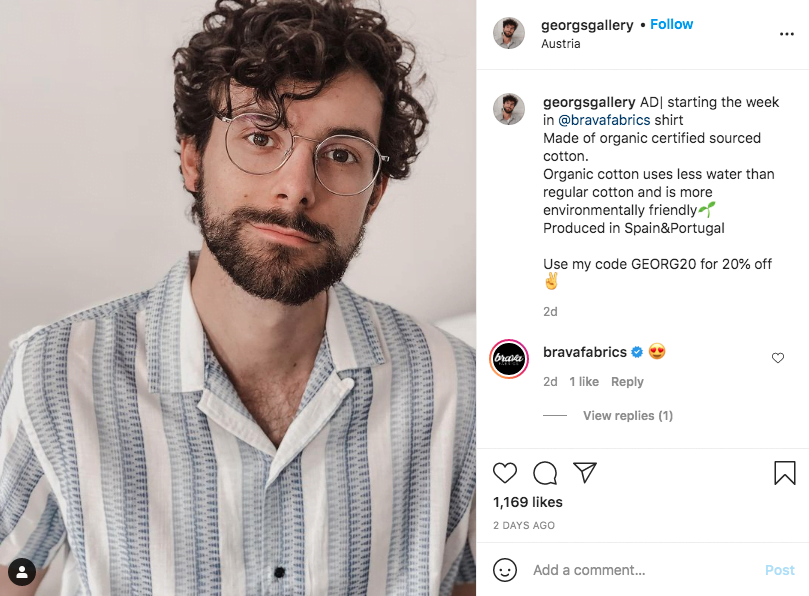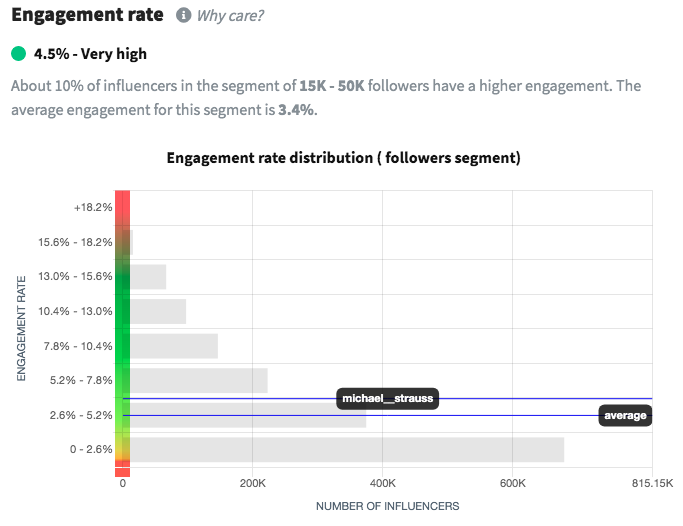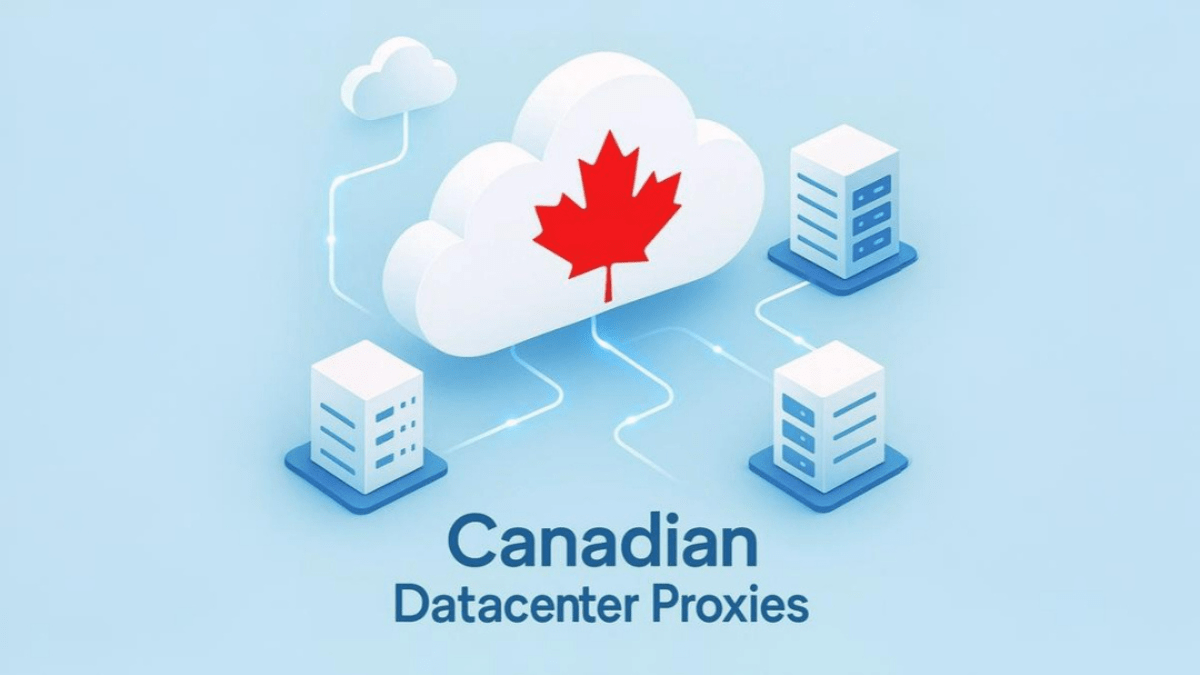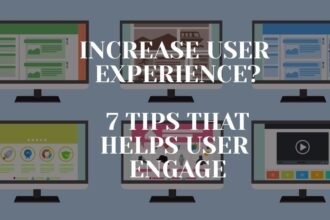Please don’t think that your business is too small to take advantage of influencer marketing. Any sized company can successfully employ the strategy. But as a small business, you need to know how to set realistic expectations and which steps to follow to get your campaign off the ground.
Regardless of size, all brands that want to take on influencer marketing must find influencers who are the right fit. Keep reading to discover how small businesses can find influencers to work with and what they should look out for.
1. Define your campaign and its objectives
Plan, plan plan. Before doing anything else, sit down and decide what your campaign’s goal is, and lay out a roadmap to arrive at it. The way you define your campaign will affect the decisions you make later on, so take the time to thoroughly strategize.
Here are some things to think about:
- What is your objective?
- What is your timeline? Does it revolve around any specific date, like a product launch?
- Where – in the world and online – do you want to launch your campaign?
- What’s your budget for this strategy?
- How many influencers do you want to work with?
- Do you want them to use any campaign-specific links, hashtags, or discount codes?

In addition to defining your campaign, make sure you have a strategy to track your success. If you don’t already have one, install an analytics platform. Google Analytics is a great option, as it’s free, with a wealth of learning resources. Also, set up KPIs, or key performance indicators. These are quantifiable metrics that help you track your progress toward your goal.
2. Understand where you can find influencers
There are three main ways to find influencers:
- Search directly on social media
- Use an influencer marketing platform
- Hire an influencer marketing agency
Agencies cost hundreds or thousands of dollars per month, so as a small business, you’re probably unlikely to choose the third method. Therefore, decide between one of the first two.
Searching on social media
This option is free, which is great for your budget. However, it’s also the most labor-intensive. You have to search quite manually to discover profiles. If you want to search on social media, here are some places you can look for influencers:
- Among your followers – Are there influencers who are already fans of your brand?
- In your branded hashtags and mentions – Do any of the accounts who are trying to get your attention look like the right fit for your campaign?
- In hashtags related to your products or industry – Create a list of relevant hashtags and see which accounts are using them.
When it comes to influencer marketing, you should always analyze influencer profiles before choosing collaborators. You want to look at their growth, engagement, average impressions, audience demographics and authenticity.
When you search directly on social media, you can’t see all of these metrics. So you’ll have to ask influencers for their internal insight data, or media kit, in order to get the full picture.
Searching on an influencer marketing platform
An influencer marketing platform is a type of search engine and analytics platform for influencer profiles. You can search for profiles using filters like category, location, followers, or engagement. For example, maybe you want to find all the Instagram influencers in San Francisco who have fewer than 50K followers.

When you find interesting results, analyze their metrics, including:
- Follower growth over time
- Engagement rate
- Average likes and comments
- Audience demographics
- Audience authenticity
Moreover, you can create customizable lists to organize your search results, compare influencers against each other, and assist your outreach.
Now, this service isn’t free. To access these platforms, you have to pay a subscription fee. Some platforms only offer annual plans, but others offer monthly plans, which are useful for small businesses interested in trying out the strategy but unsure of making an annual commitment.
3. Prioritize influencers who align with your brand and budget
Finding the right influencer is critical to your campaign’s success. And as a small business, the harsh truth is that you just can’t pay the Kardashians or Jenners to promote your brand.
Top influencers charge hundreds, thousands, and sometimes even millions of dollars per post. But rest assured, because there’s another category of influencers who are much cheaper and still offer great results. Enter nano and micro influencers.
Nano influencers have 1-5K followers and micro influencers have 5-50K. They compensate for this relatively low follower count with high engagement rates. Engagement rate is the level of interaction between an influencer and their followers. So basically, nano and micro influencers have more highly focused follower bases who are actively interested in their content.

The best part? You can collaborate with nano and micro influencers for either free products alone or products plus a nominal fee. Make sure the influencers you choose align with your brand; in other words, they have similar interests, style, and location.
Conclusion
If you’d like to learn more about how to run an influencer marketing campaign from start to finish, check out this influencer marketing guide. It was designed specifically for readers who may be new to the strategy, or who want to step their influencer marketing game up a notch.
And to sum up, small businesses can absolutely participate in influencer marketing, but they have to understand their limitations and how to work within those. Choose influencers who align with both your brand and its budget, and remember to stay focused on the goal you defined at the beginning of your campaign.










